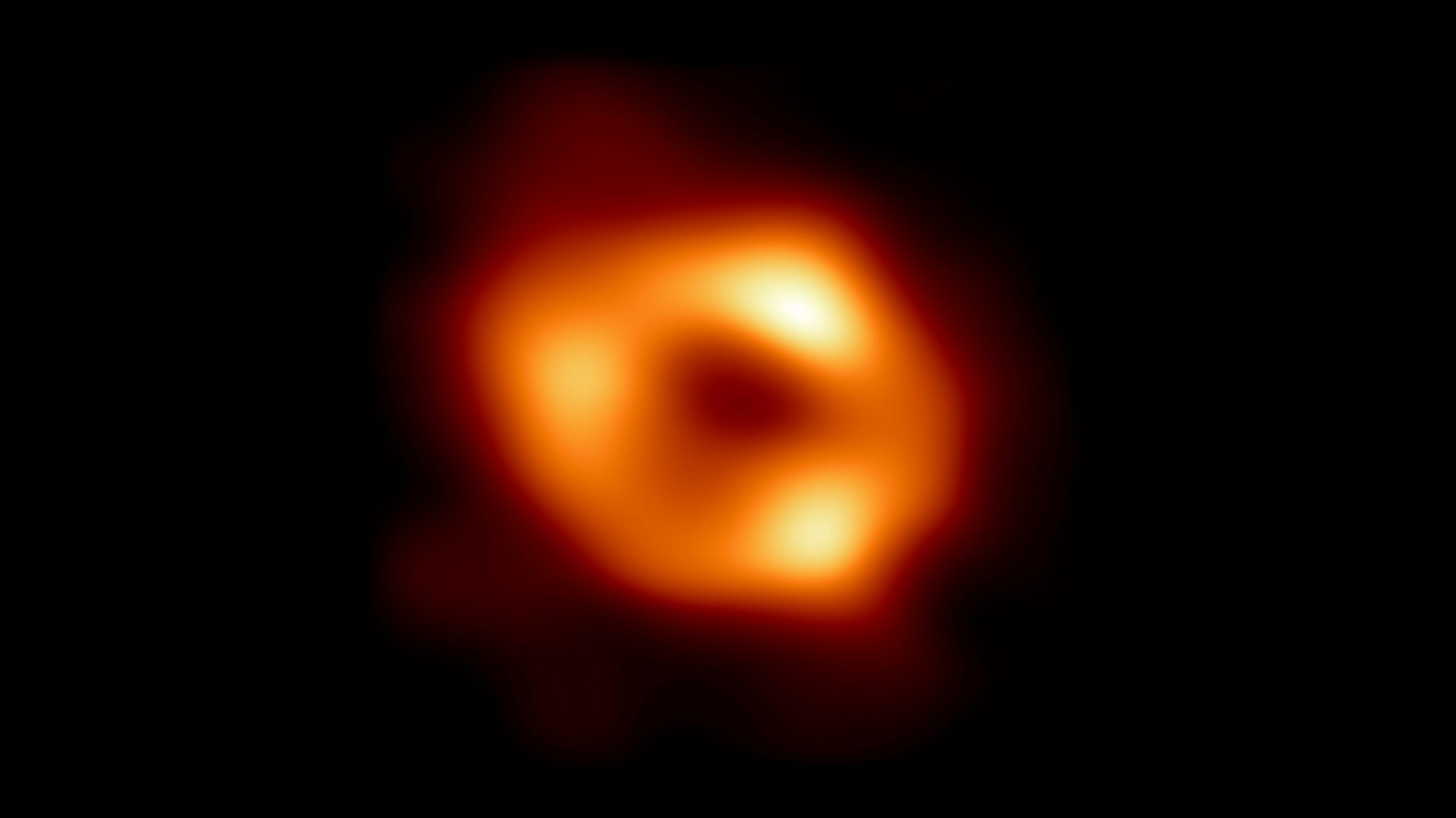For the first time, astronomers from across the globe have acquired a snapshot of the huge black hole at the heart of the Milky Way Galaxy, which is 4 million times bigger than the sun. The snapshot, which was released by NASA on Thursday, shows Sagittarius A*, a black hole encircled by a vivid orange and yellow ring. A black hole cannot be seen directly, but its limits throw a shadow on hot gas and dust, allowing it to be detected.
The picture was taken using the Event Horizon Telescope, or EHT, which consists of 11 radio telescopes spread around the globe, from Hawaii to Greenland. The telescopes are linked together in a single array that can detect radio waves traveling close to the black hole. Because of the Earth’s rotation, each telescope may observe the same spot from multiple perspectives at the same time. The data is then analyzed and combined into a single shot by supercomputers in Europe and the United States.
NASA Administrator Bill Nelson remarked, “The Event Horizon Telescope has taken yet another stunning picture, this time of the massive black hole at the heart of our own home galaxy.” “Taking a closer look at this black hole will let us to understand more about its cosmic repercussions on its surroundings, and it illustrates the worldwide partnership that will lead us into the future and disclose discoveries we could never have anticipated.”
Sagittarius A* and another black hole named Messier 87, which resides in the heart of a galaxy millions of light-years from Earth, were chosen as prospective targets more than 20 years ago.
According to The Wall Street Journal, Heino Falcke, a radio astronomy professor at the Netherlands’ Radboud University Nijmegen, said, “Seeing is believing, and this moment of finally seeing something that was always just a fantasy or an idea or a model, it’s just such an amazing, captivating moment.”
“Imagining Sagittarius A* required a whole planet,” says Dr. Vincent Fish, an MIT Haystack Observatory research scientist. According to Feryal Ozel of the University of Arizona, the two black holes were the only ones near enough to be seen from Earth. “We recognized these two black holes as potential candidates for an imaging experiment as early as 2000,” Dr. zel stated. “They’re both large enough in the sky for a global array to resolve the traits we’re looking for.”
In April of this year, the first photograph of a black hole, Messier 87, was taken. Messier 87 is “very active and quite luminous,” according to Geraint Lewis, an astrophysics professor at the Sydney Institute of Astronomy. “Sagittarius A* is a quiet constellation, therefore M87 seemed a better choice.” According to Dr. zel, the project’s experts want to figure out how the black hole’s surroundings evolve over time. There was no direct proof of a black hole before 2019.
Source: AMN

